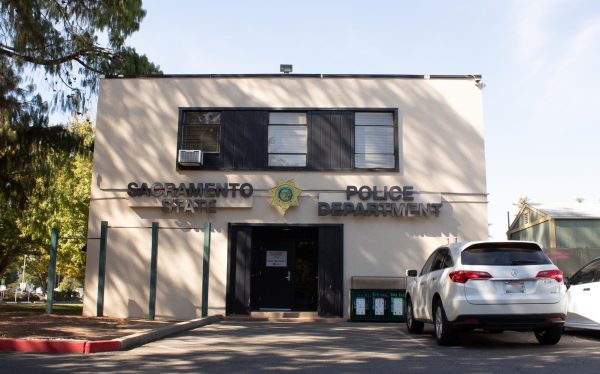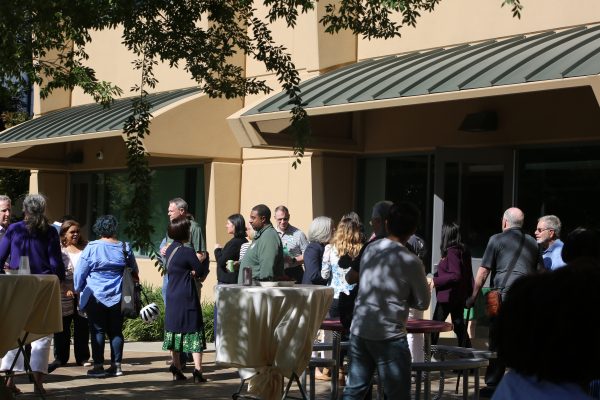Group seeks to lower transit costs
October 20, 2004
Sacramento State’s membership in a regional student government association could result in lower student fees for Regional Transit.
Associated Students passed legislation Oct. 13 to make Sac State a member of the Sacramento Association of College Governance Organizations, or Sac Go. ASI President Joshua Wood introduced the legislation, which will allow Sacramento area colleges to lobby together against student fee increases.
James Shelby, ASI vice president of finance, said if Sac Go had been established earlier, Sac State would not be paying such a high price on its Regional Transit contract.
Randy Morgan, director of finance and administration, said working with the Los Rios Community College District would make it easier for Sac State to negotiate a lower price with Regional Transit.
“The contract will be up for renegotiation next fall,” Morgan said. “That’s why Sac Go is so important to Josh Wood. It is more economically sound to work in numbers than it is to work alone.”
Los Rios colleges have established contracts with Regional Transit in order to provide free public transportation to students. Students can use any Regional Transit service for free by showing their student ID card.
Students at Los Rios colleges voted to increase fees in order to establish the contract with Regional Transit.
The prices that the colleges pay to Regional Transit vary.
The Los Rios Community College District recently negotiated a contract with Regional Transit for its 72,000 students for $575,000, which equals $8 per student.
Morgan said Sac State pays $396,750 for its 27,972 students, which is more than $14 per student.
According to Regional Transit estimates, Los Rios students used the system 420,000 times last year, while Sac State students used it 818,900 times.
Mike Wiley, Regional Transit general manager of planning, said that Sac State pays more per student because the students are using the system more often.
Wiley said at Los Rios colleges, only students are able to use the free passes, while Sac State allows faculty, staff and students to ride for free, increasing the number of overall riders.
Regional Transit monitors the number of Sac State riders for saven weeks in April and May and uses that number to determine what the number would be for the entire year. Shelby said Sac State gets no discount on the regular fare charged for Regional Transit services.
“The huge issues we have with them is that there is no way to determine the number of students using the service, and even though $14 per student doesn’t seem expensive there could be a lot cheaper way to do it,” Shelby said.
Shelby said he would like to develop a better way to count the number of students who use the program. If only a small number of students are using the services, Sac State may choose not to renew the contract with Regional Transit unless a lower price can be reached. Shelby said that instead ASI would consider offering a subsidy to those students who use public transportation.
“We have to look deeper into what the ramifications would be before we do anything. Regardless, if we collaborate with the other schools we will be able to increase our purchasing power,” Shelby said.
The legislation for Sac Go faced some opposition by the internal affairs committee and members of the board. Most of the opposition was due to a request for $50 to establish an organizational Web site.


































































































































